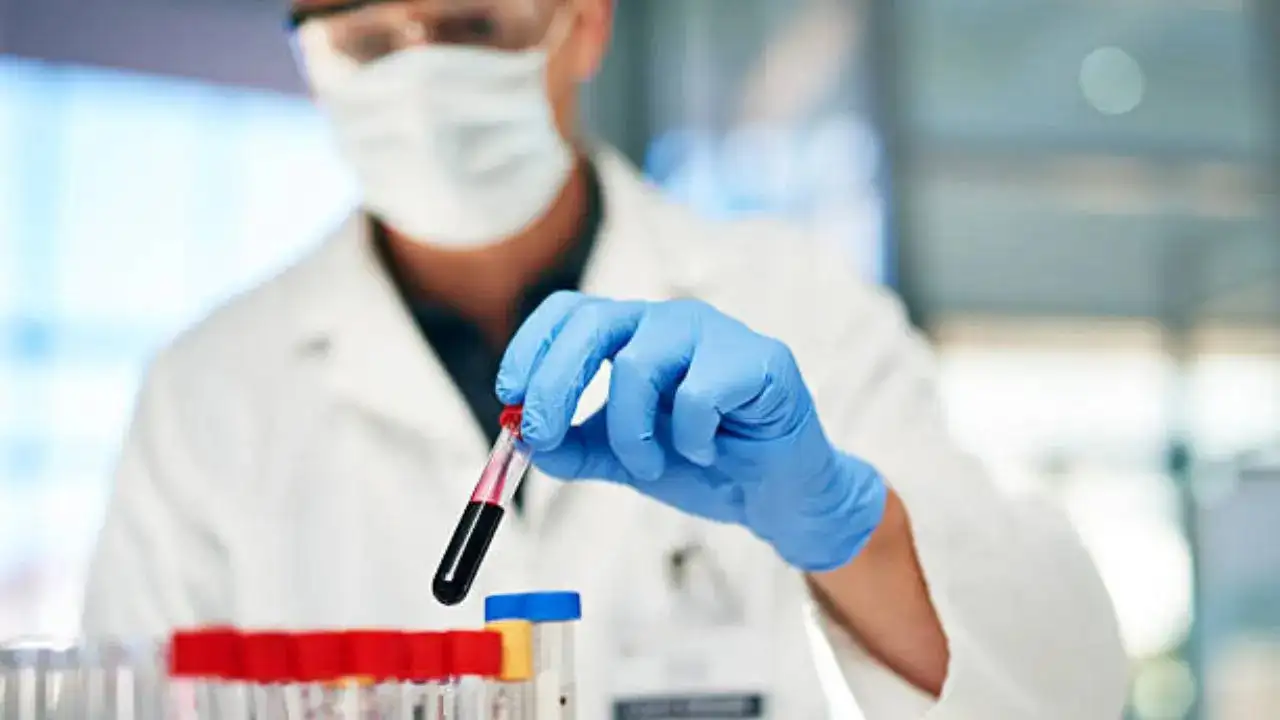
Scientists extracted hemoglobin from expired donor blood and encased it in a protective shell
In a medical breakthrough, Japanese researchers have developed a type of artificial blood that is universally compatible with all blood types, with a longer shelf life. According to experts, it is a potentially revolutionary emergency medicine that can be useful in saving many lives.
According to reports, artificial blood, created by encapsulating hemoglobin - the protein that carries oxygen—has been made from expired blood within a protective shell, forming hemoglobin vesicles (HbVs). Clinical trials are underway, and if successful, widespread use could be seen by 2030.
What is the new blood type?
A news report published in Newsweek said scientists extracted hemoglobin from expired donor blood and encased it in a protective shell to create stable, virus-free artificial red blood cells.
Unlike donated blood, artificial cells have no blood type, and so they eliminate all the need for compatibility testing, making them invaluable in emergencies. Notably, donated blood also has a shelf life of just 42 days, and even then, there is not enough of it, and it requires compatibility amongst different blood groups.
How was the trial conducted?
For the trial, led by Professor Hiromi Sakai at Nara Medical University, scientists administered around 100 to 400 millilitre of artificial blood to 16 healthy adult volunteers earlier this year. They said if the test's safety and efficacy are achieved, they would hope for practical use by 2030, making Japan the first country in the world to deploy artificial blood for real-world medical care.
According to the scientists, some versions of this blood will also include platelet substitutes, which aid in blood clotting, crucial during injuries or surgeries. This combination allows the artificial blood to replicate two key functions of human blood—oxygen transport and coagulation. "The need for artificial blood cells is significant, as there is currently no safe substitute for red cells," said Professor Sakai.
According to early results of the trial, very small amounts of this artificial blood—around 100 ml—can be administered safely to animals and healthy human volunteers without serious side effects.
How will the artificial blood benefit?
According to experts, the innovation arrives at a critical time when the world is facing a shortage of blood used for transfusion, and the blood donor base is shrinking.
As more nations experience demographic shifts and increasing demand for safe transfusions, artificial blood could help fill widening gaps for crises like natural disasters, terrorist attacks, and war zones. Totally relying on a steady supply of type-matched, refrigerated donor blood is a logistical nightmare. Artificial blood is also a portable, ready-to-use alternative that does not compromise on safety or efficacy.
